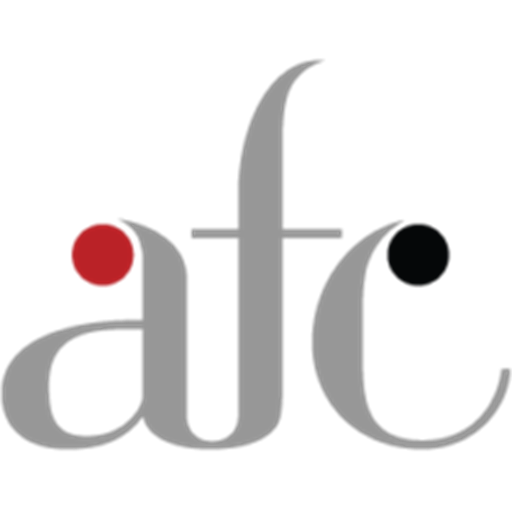ItŌĆÖs Growflation Not Stagflation!
First Trust came out with an article describing the current economic situation as ŌĆ£stagflationŌĆØ and based on the 1970s stagflation action items. First Trust pointed out similarities between the stagflation time and current times. ŌĆ£Great Society spending pushed government spending on a step upward trajectory in the 1970s in spite of the eventual wind-down of the Vietnam War. In turn the policymakers monetized much of this extra spending. The result, a wet blanket of big government which slowed growth, but a boost to inflation from easy moneyŌĆ”ŌĆØ1
That is one way to look at what happened in the 1970s and it might lead investors to believe that we are entering a period of stagflation. Coming out of the Great Recession the government pumped a lot of money through stimulation by the Federal Reserve and Treasury Department. That was followed by the stimulus of the 2017 tax cuts under Trump and further augmented by the infrastructure and IRA bill spending under Biden. If that was the whole story, as First Trust seems to suggest, then the result might be stagflation. But it is far from the whole story.
During the 1960s the Vietnam War was a black hole into which the United States pored money. Under President Johnson Medicare was passed as part of the Great Society and tax cuts passed under President Kennedy. Inflation was already ticking up and by the mid-1960s Federal Reserve Chairman William McChesney Martin began to raise interest rates. By the end of the 1960s the increased interest rates were bringing down inflation from six percent (6%) to less than five (5%). The increased rates did have the expected impact pushing the economy into a recession. Unemployment increased.
Martin was replaced as Fed Chairman Arthur Burns and given that inflation was coming down and the economy was slowing, Burns began to drop interest rates. In 1972 OPEC launched the oil embargo driving oil prices up almost 20-fold from less than $2 per barrel to just under $40. The impact was not only to push up inflation but slowed down the economy pushing it further into recession.
That was stagflation. That is very different from the current situation.
It is also why it is so confusing to Wall Street gurus and the computer algorithms. This time is really different. There are four million more jobs than there are workers to fill them. But it is not in every industry. Typical of that was a report: ŌĆ£A survey conducted in July by the Association of Washington Business found that 44% of manufacturers have job vacancies that they are unable to fill. About 42% of manufacturers said business was flat, while 18% expected a downturn soon.ŌĆØ2
The articleŌĆÖs conclusion: ŌĆśThereŌĆÖs this reinforcing cycle right now ŌĆō low unemployment rate, high quits rate, high number of job postingsŌĆ” ItŌĆÖs a really good time to be a job seeker. ItŌĆÖs a really tough time to be an employer.ŌĆØ2
Stagflation was a time when there was an ongoing recession accompanied with inflation. At this time the United States is experiencing GDP growth accompanied with inflation. Treating investments today with the same concept as in the stagflation time does not work.
The evidence is that hedge funds driven by their computer algorithms bet on a stagflation scenario with the Federal Reserve fighting inflation by raising interest rates that would push the economy into a recession. When the forecast recession hit with only a modest decrease in inflation the algorithms forecast big declines in certain stocks. ŌĆ£Short sellers ŌĆö typically hedge funds ŌĆö aim to make money by selling borrowed stock and buying it back at a lower price when the shares decline. The sharp rally in cruise lines and other holiday accommodations, however, has left them sitting on $6.4bn of mark-to-market losses, according to data from S3 Partners.ŌĆØ3
It all comes back to the fact that investing is an art not a science. If it was a science the investor with the biggest computer and best algorithm would always win. While computers can process huge amounts of past data, they do not drive around and see the help wanted signs. They do not experience the drops in service when businesses are understaffed.
For a period of time the algorithms seemed to be right. The computers dumped loads of the stocks in selling short stocks they did not own. Eventually those programs had to buy back the stocks at higher prices and losses to the investors when the thesis of stagflation proved invalid.
Investing is an art, not a science.
Mike Adams
President & Principal
Notes:
1 ŌĆ£Our Stagflationary FutureŌĆØ First Trust Monday Morning Outlook, September 11, 2023
2 ŌĆ£SeattleŌĆÖs ŌĆśUnevenŌĆÖ Job Market Recovery is Industry SpecificŌĆØ, Puget sound Business Journal, September 1, 2023.
3 ŌĆ£Hedge funds lose $6bn betting against cruise lines and hotelsŌĆØ, Financial Times, August 3, 2023

